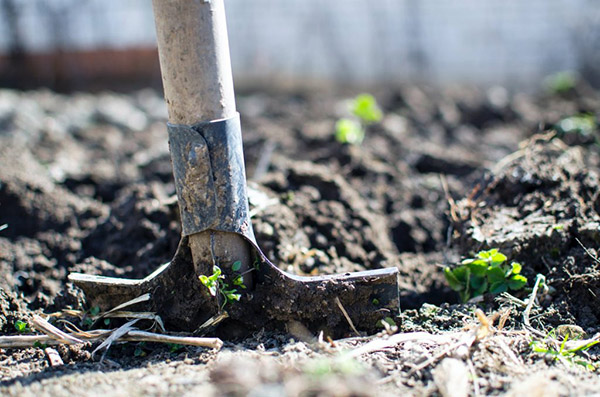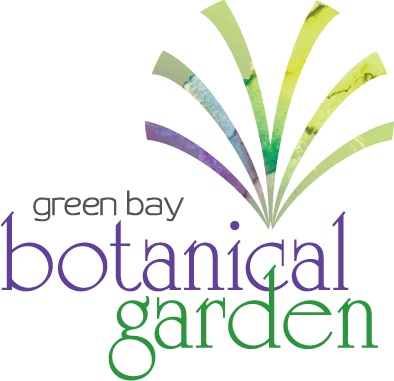Now that you’ve got a rough mock-up of your garden, or perhaps a well measured and calculated plan, it’s time to start on a list of supplies.
Search for Seeds
If you’re going the easy way, you can probably get away with estimating how many packets of seeds you’ll need. If you’ve got a detailed design, you can better plan for how many seeds you’ll want per row, how many rows you have, and how much supply you’ll need. You definitely don’t have to overthink this, but you don’t want to come up short when planting if you’ve got extra space and not enough plants or seeds!

Plan for Plants
Shop for varieties of plants that will yield early if you’re the impatient type. Shop for hardy breeds if you’re worried about pests. Shop for long-bloomers or colors you love if you’re maxing the display. Thinking and doing a little research can make your garden more productive in the long run, if you’ve got the extra time. You can search online or use UW Horticulture Extension resources if you’d like more information on these.
Will you be choosing to use transplants instead? These can be a bit more costly, but often have a better chance of growing to maturity. Consider these if you’ve had trouble starting plants from seed in the past.

Factor in Tools & Equipment
Will you need new tools and equipment? Is your shovel just too rusty to use anymore?! Factor those into your list! It’s easy to forget things like twine, stakes, and mulch.
You’ll probably want to nab some fertilizer, and perhaps some pest control solutions as well. Remember to be careful about what you mix with things you plan to eat, as not all pest control and fertilizer can be safe for fruits and veggies. You can estimate how much fertilizer you’ll need based on your square footage of planting space combined with how often you’ll apply throughout the season. Similar rules hold for mulch, compost, and more.

Writing out your full list to take with you to the store (or when browsing online) gives you something you can reference, check off when you complete, and keep track of how much you are spending. It’s really worth taking the time to do!
Once you finalize your list, you can start on your prep work. Gather up your supplies and tools in a place you’ll be able to access. Prior to using though, make sure your tools are clean and in good condition.
Now that you have your goals set, a garden design mapped out, and a supply list ready to be checked off, it’s now the hardest part… waiting for those first signs of spring!
Not sure when to start your planting projects? We recommend following the Monthly Gardening Checklists from Melinda Myers.
You can also review this planting calendar from Almanac.com which is based on your zip code region and lists typical planting dates by the type of plant or flower.





